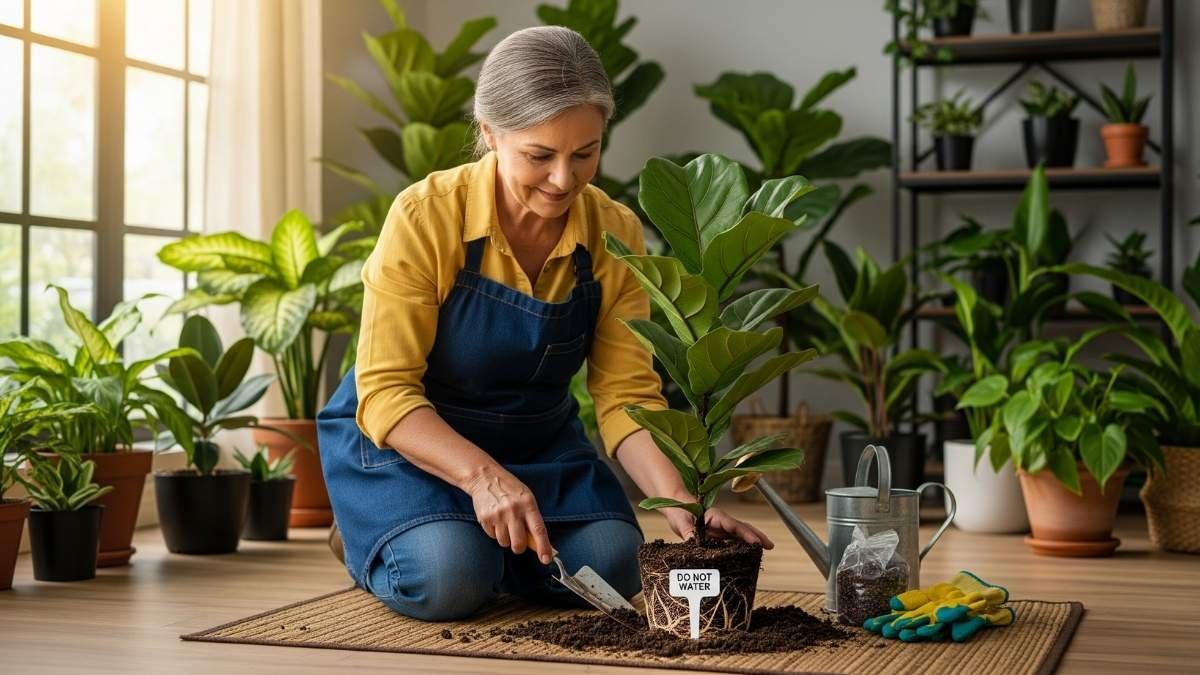
Okay, let’s get real for a second.
You’ve probably killed more plants than you care to admit. Maybe you’re part of the 67% of millennials who call themselves “plant murderers.” Or perhaps you’re like the average plant parent who’s sent seven green friends to plant heaven despite spending over $500 on your collection.
Sound familiar?
Here’s the thing everyone gets wrong: You’re not a plant killer. Your plants aren’t dying because you forgot to water them last Tuesday or because you don’t have a “green thumb” (whatever that means).
The truth? Your plants are dying because your home is a plant torture chamber. And no one’s telling you why.
I spent months digging into research from Cambridge University, the New York Botanical Garden, and talking to master gardeners with decades of experience. What I found will completely change how you think about houseplant care.
Your plants aren’t dying from neglect. They’re dying from biological chaos.
Your Living Room is Breaking Your Plant’s Internal Clock
Natural vs Artificial Light Cycles
🌅 Natural Sunlight
Gradual changes
Spectrum shifts throughout day
Intensity varies naturally
Controls 6% of plant genes
💡 Indoor Lighting
Sudden on/off
Fixed spectrum
Constant intensity
Disrupts genetic timing
Plant prepares metabolism
Your light clicks on
Metabolic confusion
Think about this: When did you last experience a real sunrise?
Your plants haven’t either. And it’s driving them crazy.
Plants have internal clocks that control up to 6% of their entire genetic activity. That’s massive. These biological clocks don’t just respond to light—they predict it. Your fiddle leaf fig is sitting there at 5 AM, getting its metabolism ready for sunrise… and then your LED light clicks on at 7:30 when you stumble to the kitchen.
The Science Made Simple
Natural sunlight gives plants thousands of subtle cues throughout the day. Intensity changes. Color shifts. Shadows move. Your plant’s internal systems evolved over millions of years to sync with these patterns.
Your ceiling light? It’s like being stuck in an airport terminal 24/7. Same artificial brightness. No rhythm. No variation.
The result: Your plant experiences constant “jet lag.” Its metabolic systems are always out of sync, like trying to function when your circadian rhythm is completely scrambled.
No wonder it looks stressed.
The Hidden Ecosystem Your Plant is Desperately Missing
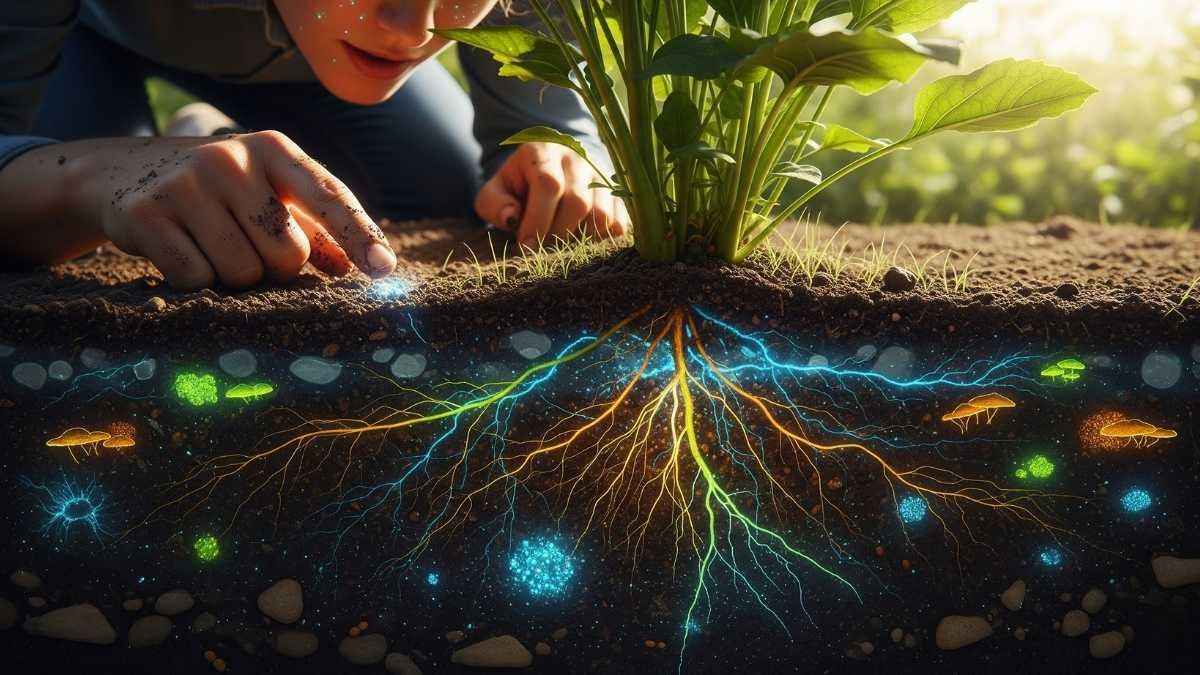
Here’s something that’ll blow your mind: In nature, plants don’t live alone.
Every single plant in the wild exists in partnership with an invisible network of bacteria and fungi. These microscopic allies help your plant absorb up to 80% of its nitrogen and 90% of its phosphorus.
Think of it like this: Your plant’s roots are constantly “talking” to beneficial microbes, trading sugar for nutrients in a complex underground marketplace.
Your potting soil? It’s sterile. Dead. Like putting your plant in a nutritional desert.
What This Means for Your Plants
When you buy that beautiful monstera from the nursery, you’re essentially:
- Ripping it away from its support network
- Putting it in biological isolation
- Expecting it to thrive anyway
Your plant is spending 20-40% of its energy trying to find microbial partners that just aren’t there. That’s like running a marathon while carrying a backpack full of rocks.
Your WiFi Router Might Be Slowly Killing Your Plants
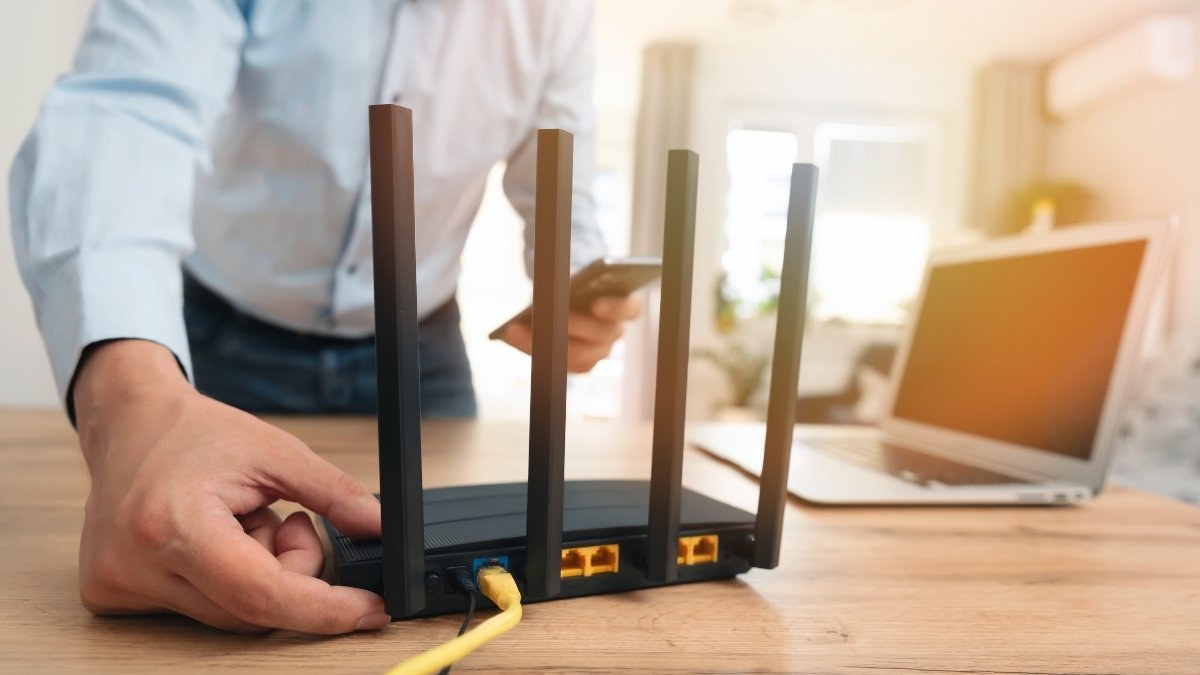
Okay, this one sounds crazy, but stick with me.
Plants within 50cm of WiFi routers show visible damage and reduced growth. The electromagnetic radiation from your wireless devices isn’t just invisible to you—it’s actively harmful to your green friends.
The numbers are pretty shocking:
- 25% reduced seed germination near WiFi routers
- 40-60% shorter root growth
- 400-700% drop in chlorophyll content
Remember that snake plant that was thriving until you moved it next to your router? Now you know why it started looking sad.
The Invisible Plant Stress You Never Considered
Your home is full of electromagnetic fields from:
- WiFi routers
- Smart TVs
- Phone chargers
- Microwaves
- Bluetooth devices
Plants don’t have the luxury of turning these off. They’re getting bombarded 24/7 with frequencies they never evolved to handle.
It’s like trying to sleep next to a construction site.
The Chemical Cocktail Slowly Poisoning Your Indoor Garden
Indoor Air Pollution Sources
🏠 Indoor Air
12x more polluted
VOCs from furniture
Chemical off-gassing
Synthetic materials
🌳 Outdoor Air
Natural baseline
Lower chemical load
Better air circulation
Plant-evolved environment
Common Household Toxins
Impact: 4-7x chlorophyll reduction
Impact: 50% protein synthesis reduction
Impact: 18x increase in cellular damage
Your air might seem clean, but indoor air is 12 times more polluted than outdoor air.
All those beautiful modern furnishings? They’re off-gassing chemicals that plants find toxic:
- Formaldehyde from furniture
- Benzene from plastics
- Trichloroethylene from cleaning products
Research shows these VOCs can reduce plant chlorophyll by 4-7 times and cut protein synthesis in half.
The Ironic Twist
Some of the very things we buy for our plants make it worse:
- Plastic pots release chemicals
- Treated potting mixes contain preservatives
- Decorative stones might be chemically treated
Your plant isn’t just struggling—it’s being slowly poisoned by its environment.
What Victorian Plant Parents Knew That We Forgot

Plot twist: Victorian plant parents were better at this than we are.
They didn’t have grow lights, humidity meters, or plant apps. But they had something we lost: an understanding of natural plant rhythms.
Old-School Wisdom That Worked
Bottom watering: They watered from underneath, preventing root rot and encouraging deep root growth.
Seasonal migration: They moved plants around the house with the seasons, giving them natural temperature drops and varying light.
Humidity tricks: Water-filled gravel trays and strategic plant groupings created perfect microclimates.
Temperature fluctuations: Plants get natural 10-15°F nighttime drops that modern heating systems eliminate.
These weren’t just quaint traditions—they were working with plant biology, not against it.
Why Fiddle Leaf Figs Have Become the Ultimate Plant Heartbreak
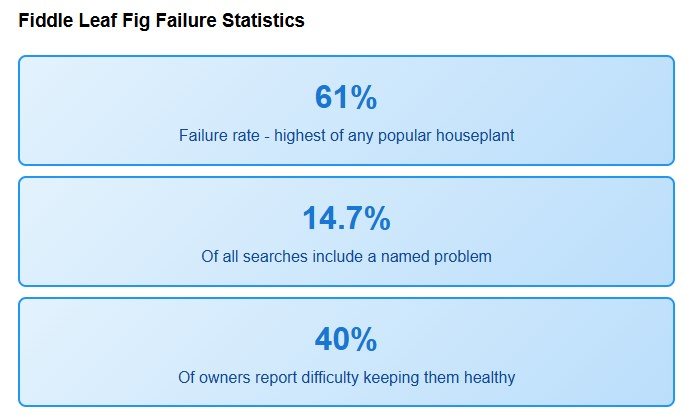
61% of Fiddle Leaf Figs die. That’s the highest failure rate of any popular houseplant.
But here’s the thing: It’s not your fault.
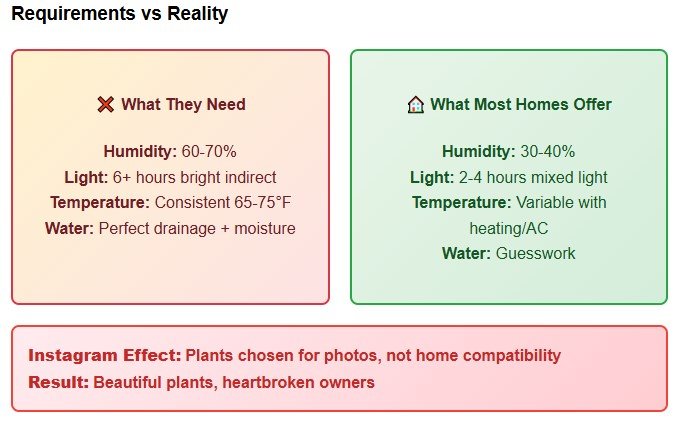
Fiddle Leaf Figs need:
- 60-70% humidity (your home probably has 30-40%)
- Consistent temperatures with no fluctuations
- 6+ hours of bright, indirect light daily
- Perfect drainage but consistent moisture
They’re the high-maintenance friend of the plant world. Beautiful to look at, impossible to keep happy.
The Instagram Effect
14.7% of all Fiddle Leaf Fig searches include a named problem. Yet they remain the most photographed houseplant on social media.
We’re choosing plants for how they look in our feeds, not for how well they’ll survive in our homes. It’s like buying a sports car to drive in Manhattan traffic.
The Overwatering Trap That Catches Everyone

54% of houseplants die from overwatering. But it’s not about too much water.
Here’s what happens: Overwatering creates the perfect environment for root-destroying fungi while simultaneously weakening your plant’s immune system.
The Deadly Cycle
- You water too much
- Soil stays soggy
- Beneficial bacteria die off
- Harmful fungi move in
- Roots start rotting
- The plant looks sick
- You water more (thinking it needs help)
- Plant dies
It’s kindness that kills.
Your Plant’s Stress Hormones Are Going Haywire
Plant Stress Hormone Triggers
Stress Hormone: Abscisic Acid (ABA)
Function: Closes stomata, conserves water, triggers defenses
Result: Plant stuck in “survival mode,” can’t grow properly
Plants have stress hormones just like we do. The main one is called abscisic acid (ABA), and indoor conditions keep it constantly elevated.
Think of it like your plant being stuck in permanent fight-or-flight mode. Every small temperature change, lighting shift, or air circulation problem triggers stress responses.
The result: Your plant burns through energy dealing with constant “emergencies” instead of growing and thriving.
Signs Your Plant is Chronically Stressed
- Slow growth
- Dropping leaves
- Pale or yellowing foliage
- Increased susceptibility to pests
- Just generally looking “off”
Sound like any plants you know?
The Light Problem That Goes Way Deeper Than Brightness
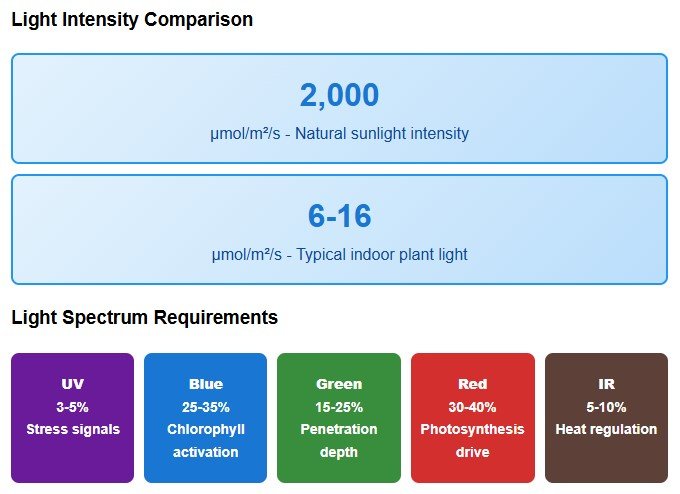
Natural sunlight delivers 2,000 units of light energy to plants. Your typical indoor plant gets 6-16 units.
But it’s not just about intensity. Artificial lights lack the natural fluctuations and full spectrum that plants evolved under.
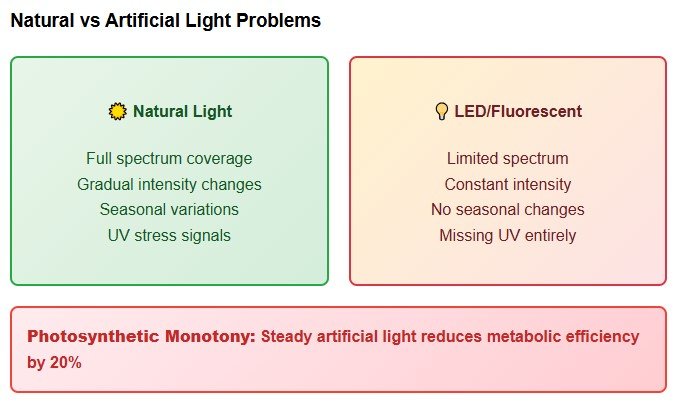
What Your Plant Needs
- Morning light that gradually increases
- Midday intensity for peak photosynthesis
- Afternoon wind-down as light softens
- Blue light ratios of 25-35% (like natural sunlight)
Your steady LED fixture? It’s like eating the same meal every day for the rest of your life. Nutritionally adequate, but missing everything that makes life worth living.
The Air Your Plants Can’t Breathe
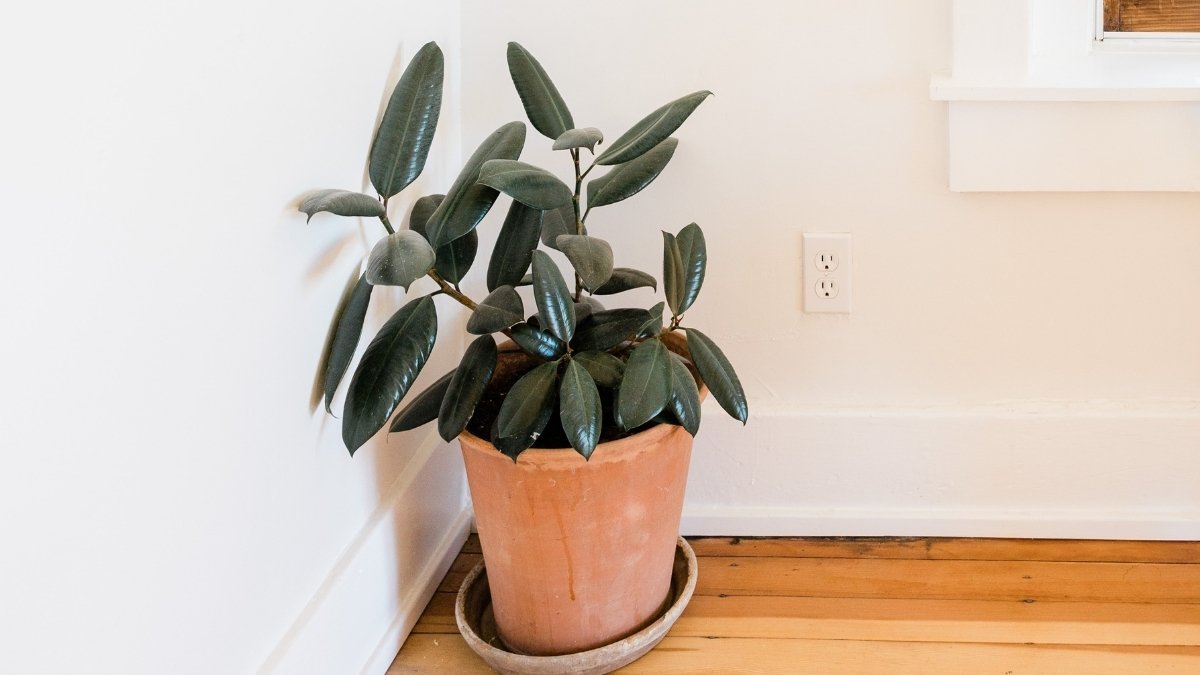
Stagnant indoor air reduces your plant’s photosynthesis by 20-30% because it can’t get enough CO₂.
When air doesn’t move, plants create their little humidity bubbles around their leaves. This stops transpiration (plant breathing) and creates perfect conditions for fungal diseases.
The Hidden Circulation Crisis
Without air movement:
- Spider mite infestations increase 300-400%
- CO₂ levels drop to 200-250 ppm (vs. 400 ppm in moving air)
- Plants develop weak cell walls
- Fungal problems skyrocket
Your plant isn’t just suffocating—it’s becoming defenseless.
What You Can Do About All This
Don’t panic. You’re not doomed to plant-killing forever.
Start With These Game-Changers
Light therapy for plants:
- Move plants throughout the day to follow natural light
- Use full-spectrum grow lights on timers
- Give plants some outdoor time when the weather permits
Create air movement:
- Small fans on low settings
- Open windows when possible
- Don’t crowd plants together
Water wisdom:
- Bottom water when possible
- Let the soil dry between waterings
- Check moisture 2 inches down, not just surface
Microbiome support:
- Add mycorrhizal inoculant to soil
- Use compost tea occasionally
- Consider beneficial bacteria supplements
The Electromagnetic Solution
- Keep plants at least 3 feet from WiFi routers
- Turn off unnecessary wireless devices near plants
- Use wired connections when possible in plant areas
The Bottom Line: Work With Biology, Not Against It
Your plants aren’t dying because you’re bad at plant care. They’re dying because modern homes are evolutionarily hostile environments.
But now you know why. And knowledge is power.
Your plant doesn’t need you to be perfect. It needs you to understand that it’s a living organism with millions of years of evolutionary programming that doesn’t quite fit with apartment living.
The solution isn’t to follow more rules—it’s to recreate the conditions plants evolved to thrive in.
Ready to Become the Plant Parent Your Green Friends Deserve?
Start with just one change this week. Pick the easiest fix for your situation:
- Move one plant to follow the sun throughout the day
- Add a small fan for air circulation
- Switch to bottom watering for your most struggling plant
- Create distance between plants and electronic devices
Small changes, big results. Your plants will thank you.
And who knows? You might finally shake that “plant murderer” reputation.
What’s the first change you’re going to make? Let’s turn your home into a plant paradise, one tweak at a time.


